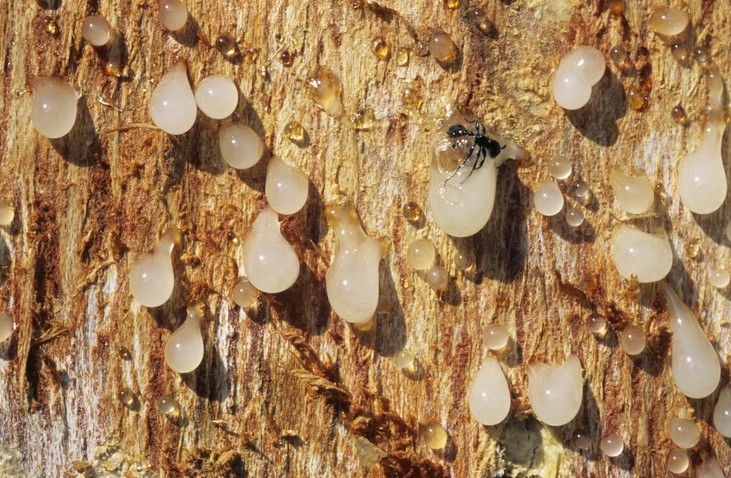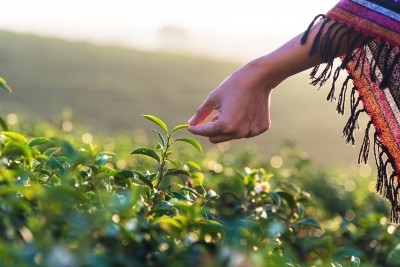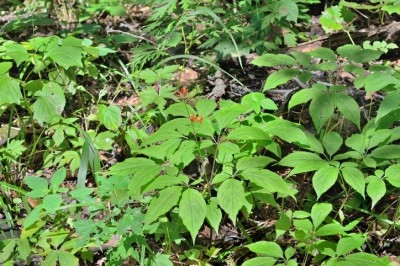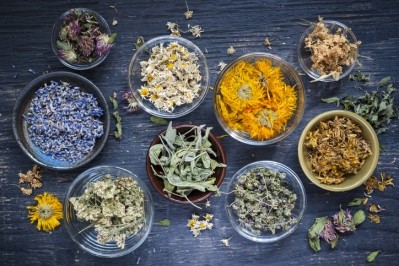Verdure tackles sustainability measures to secure Boswellia supply

Verdure and their supplier will plant 2,000 Boswellia serrata saplings in the Indian state of Madhya Pradesh in an effort to protect the dwindling tree population, tap into its healing properties, and support the families who grow them for a living.
Ann Armbrecht, Director at the Sustainable Herbs Program, says a number of factors play into the tree population: “A mix of factors seem to be putting the plants most at risk—habitat loss from clearing the trees for farming, grazing/browsing of young trees by livestock, and lower seed production because of tapping. Other threats impacting India’s forests that also impact stands of Boswellia include urbanization, firewood collection, development projects like mining, dams, and resettlement of displaced people, and the invasion of Lantana camara L.”
Healing powers
Boswellia serrata, best known in the Western world as frankincense, is a longstanding Ayurvedic ingredient. Boswellia has been used in the treatment of degenerative and inflammatory joint disorders. Boswellins, compounds found in the resin from the tree bark, have been linked to inhibition of the 5-lipoxygenase pathway, which plays a positive role in various inflammatory diseases that are perpetuated by the production of leukotrienes.
Verdure Sciences is joining forces with local tribes to sustainably harvest the oleo-resin from the Boswellia trees for Wokvel, a clinically tested product designed to transport keto-boswellic traits (KBA’s) into the bloodstream to target key biomarkers associated with joint health.
In an interview recently featured by the Sustainable Herbs Program, Ashish Kumar, Direct of Quality and Compliance at Verdure Sciences, spoke about the need for sustainable measures for the Boswellia tree.
“There were some reports coming to us that the forests do not have sufficient materials to maintain increasing consumer demand,’ Kumar explained. ‘At this rate, the tree populations will inevitably dwindle or disappear, and so we thought to begin taking preventative measures to maintain this essential and sacred tree with reforestation efforts, beginning with small steps like planting saplings.”
Slow to grow
In the paper “Sustainable supply, a foundation for natural product development: The case of Indian frankincense (Boswellia serrata Roxb. ex Colebr.)”, the researchers looked at available market information for the trade in Boswellia serrata. The review paper was published in the Journal of Ethnopharmacology. Botanical consultant Thomas Brendler, PhD, collaborated with Josef Brinckmann, PhD of Traditional Medicinals and Uwe Schippmann, PhD, of the plant conservation division of Germany’s federal environmental protection office (Bundesamt für Naturschutz) on the publication.
“The original setup was pretty much to feed the national demand and then Western herbal medicine started picking it up and boswellic acid became a big thing,” Brendler, the lead author, told NutraIngredients-USA in 2018.
Headed for extinction?
The authors say their sources tell them that the tree is now classified as “rare” in India, while others find that it fairly widely distributed in woodlands south of the Ganges Valley. Due to the long maturation rate of the botanical, the supply cannot be ramped up to meet rapidly increasing market demand. The Boswellia tree takes an average of 12 years to mature to the point of producing the gum used in wellness applications.
Citing the same paper, Armbrecht says, “They concluded that from what they could find from published global trade data, the market demands for Boswellia from 2015-17 far exceeded ‘what can be reasonably harvested without endangering populations.’ That said, they also found a lack of comprehensive data; regional surveys show a wide range from high to low density and from good to poor regeneration. They concluded that the B. serrata population is still large. Boswellia hasn’t yet been assessed for the IUCN Red List, but the authors cite a range of different Indian Conservation Assessments which have given Boswellia a conservation value of Vulnerable with a threat status of Endangered in different regions of the country.”
In the Sustainable Herbs Program interview, Kumar added, “While the Boswellia trees are very closely guarded, their populations are protected, and they are not yet in a threatened condition in this area. Verdure is diligently working ahead of demand to maintain a healthy population of trees.”
Source: Journal of Ethnopharmacology
2018 Oct 28;225:279-286. doi: 10.1016/j.jep.2018.07.017. Epub 2018 Jul 18.
Authors: Brendler T, Brinckmann JA, Schippmann U
















